The contents related to the North-South High-Speed Railway Project have just been clarified by the Ministry of Transport at the request of the National Assembly Standing Committee, as well as the review opinion of the National Assembly's Economic Committee.
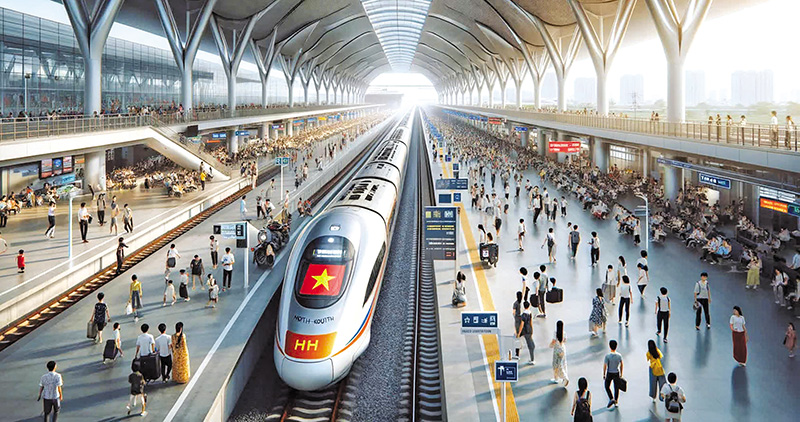 |
| Perspective of high-speed railway on the North-South axis |
Clarify project route
The Ministry of Transport (MOT) has just issued Official Dispatch No. 12153/BGTVT-KHDT to the Government regarding the acceptance and explanation of the opinions of the National Assembly Standing Committee on the North-South High-Speed Railway Project. Accordingly, the Ministry said that it has studied, reviewed, accepted and fully explained the conclusions of the National Assembly Standing Committee, the Notice of the Secretary General of the National Assembly, and the preliminary examination opinions of the National Assembly Economic Committee to complete the Pre-Feasibility Study Report and the Draft Government Submission to the National Assembly, and the Draft Resolution of the National Assembly.
“The content of acceptance and explanation does not change the objectives, scope, scale, preliminary design solutions, technology, total investment, progress... of the Project as presented in Document No. 685/TTr-CP dated October 19, 2024 of the Government,” said Mr. Nguyen Danh Huy, Deputy Minister of Transport.
Previously, the Standing Committee of the National Assembly issued Conclusion No. 1049/KL-UBTVQH15 dated November 8, 2024 on the investment policy of the Project; the Secretary General of the National Assembly issued Notice No. 4613/TB-TTKQH dated November 8, 2024 on the investment policy of the Project; the Economic Committee of the National Assembly issued Preliminary Examination Report No. 3305/BC-UBKT15 dated November 6, 2024 on the investment policy of the Project.
Accordingly, the National Assembly Standing Committee agreed to submit to the National Assembly for consideration and decision on the investment policy for the North-South High-Speed Railway Project at the 8th Session of the 15th National Assembly; agreed that there should be outstanding and special policies to implement the Project.
To complete the Project's Pre-Feasibility Study Report, the National Assembly Standing Committee proposed to receive and explain 6 groups of issues: review of total investment, preliminary design plan; assessment of factors affecting project implementation; socio-economic and financial efficiency; capital sources and capital balancing ability; further explanation of technology, technology transfer and implementation conditions; review of transportation demand forecast; specific and special mechanisms and policies.
“These are also important groups of contents that greatly affect the feasibility and implementation progress of the North-South High-Speed Railway Project,” said Mr. Vu Hong Phuong, Director of the Railway Project Management Board - the unit assigned to prepare the Project's Pre-Feasibility Study Report.
In Official Dispatch No. 12153/BGTVT-KHDT, the Ministry of Transport said that, accepting the opinions of the National Assembly Standing Committee, the Government has directed the review of the total investment, including the investment rate of a number of high-speed railway lines in the world with similar technology and technical standards; reviewing the calculation method of cost items; the volume of preliminary design, the volume of site clearance in the step of preparing the Pre-Feasibility Study Report...
Specifically, the Ministry of Transport affirmed that the method of calculating basic cost items is consistent with the provisions of the law on construction and current macroeconomic conditions; compensation and resettlement support costs have been determined based on the preliminary volume of site clearance and estimated unit prices based on reference land prices of a number of projects; the volume is determined according to the preliminary design.
The preliminary calculation review results still maintain the total investment of the Project at about 67.34 billion USD. This is the total investment calculated according to the provisions of the law on construction and the current macroeconomic conditions.
In Official Dispatch No. 12153/BGTVT-KHDT, the Ministry of Transport also clarified the selection of high-speed railway routes, including the route through Nam Dinh City. Specifically, the route through Nam Dinh province has been studied to ensure compliance with national sector planning, regional planning and provincial planning.
During the research process, 3 options were also proposed for analysis and comparison. In which, option 1 - the route approaches the center of Nam Dinh city, the station location is about 5 km from the city center; option 2, the route goes far from the center of Nam Dinh city, the station location is about 12 km from the city center; option 3 - straighten the route to directly connect Ha Nam - Ninh Binh, the route does not go through Nam Dinh.
According to the leader of the Ministry of Transport, with the role of the southern center of the Northern Coast region, Nam Dinh City has a planned population of about 600,000 people by 2040, is a traffic hub with large transportation needs, and attracts neighboring localities in the Red River Delta such as Thai Binh, Hung Yen... up to about 4 million people; according to forecasts, by 2050, the demand for travel to and from Nam Dinh station will be about 3 million passengers/year.
If calculating the investment and operating costs for 30 years, the section through Nam Dinh (12 km) will cost about 1.66 billion USD, the benefits are estimated at 2.06 billion USD. Thus, the exploitation of the high-speed railway through Nam Dinh city has an estimated benefit of about 400 million USD within 30 years compared to the high-speed railway going straight and not passing through this area.
“World experience has shown that there are many cases where high-speed railway lines go around major centers to attract passengers, instead of going straight like in Japan, Korea, and Germany,” Official Dispatch No. 12153/BGTVT-KHĐT stated.
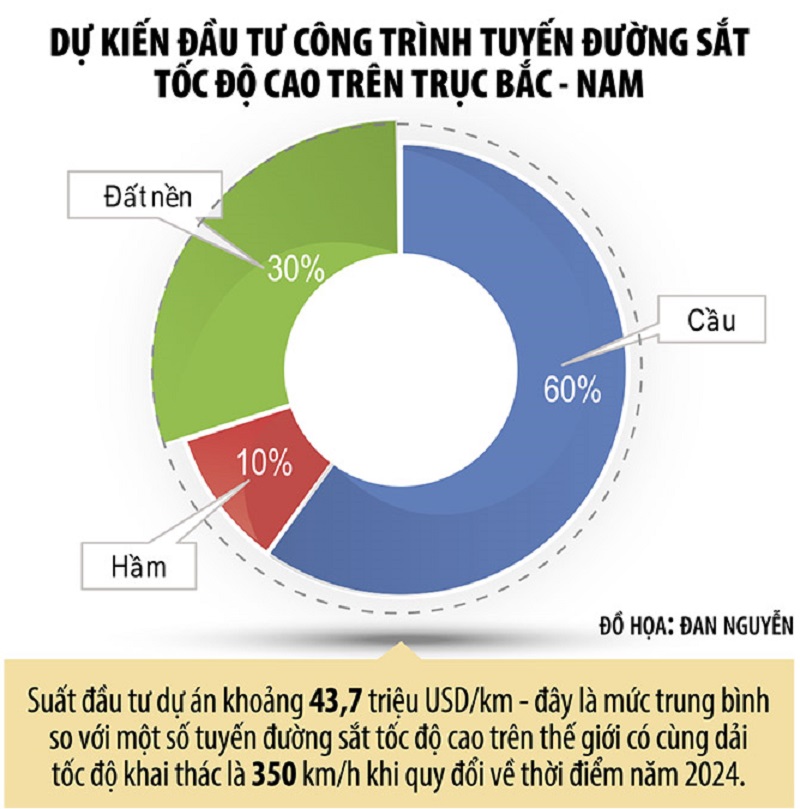 |
Clarify the ability of domestic enterprises to participate
In the above dispatch, the Ministry of Transport clarified the requirements for technology, human resources, materials, and electricity during the construction, exploitation, and use of the high-speed railway on the North-South axis. According to the calculation of the consultant preparing the Pre-Feasibility Study Report, the preliminary material demand for the Project is 3.5 million tons of steel, 6.72 million tons of cement, 17.4 million m3 of stone, 80 million m3 of fill soil, and 9.7 million m3 of sand, and domestic materials basically meet the requirements.
As for rails and railway switches, some domestic corporations are researching and investing in production, and are likely to supply these materials in the near future. As for means and technological equipment for locomotives, carriages, train control signals, etc., the country cannot supply them yet, but there are many suppliers in the world. As for information equipment, conventional signals and electricity, the country can supply the majority.
Regarding power supply, the high-speed railway on the North-South axis is expected to use single-phase alternating current, AC 25 kV. According to the consultant's report, the power supply for the high-speed railway is in line with the Power Plan VIII.
In the Feasibility Study Report preparation step, the Government will direct continued detailed surveys to specifically determine the demand and ability to supply materials, supplies and equipment in the domestic and foreign markets to ensure that they can be supplied to the Project and meet progress requirements; work specifically with localities and domestic suppliers to determine the ability to mobilize maximum resources for the Project.
Another content of the National Assembly Standing Committee's proposal that the Ministry of Transport prioritizes to clarify is the transfer of technology, gradually mastering railway technology; mastering raw materials, and other conditions to ensure during the construction process and the process of putting the Project into operation and use.
Mr. Nguyen Danh Huy, Deputy Minister of Transport, said that international experience and research show that effective industrial development requires a large enough market size and the development level of the metallurgical, mechanical engineering and supporting industries. Therefore, to ensure a large enough market size and overall efficiency, the development orientation of the railway industry is being studied not only for high-speed railways, but also for national railways (about 4,000 km) and urban railways (about 1,114 km).
According to consultants' estimates, investing in a high-speed railway will create a construction market worth about 33.5 billion USD; including the national railway system, urban railways will create a construction market of about 75.6 billion USD, vehicles and equipment of about 34.1 billion USD (locomotives and carriages of about 9.8 billion USD; signal information systems and other equipment of about 24.3 billion USD).
Recently, the Ministry of Transport has directed the Vietnam Railway Corporation to carry out projects to upgrade existing trains to serve tourism, purchased designs, imported equipment and combined with a number of industrial product suppliers to build new trains with a design speed of 120 km/h.
At the same time, the Ministry of Transport has worked with a number of domestic enterprises such as the General Department of Industry (Ministry of National Defense), Hoa Phat Group, Thanh Cong Group... to orient enterprises with strategies and proactively prepare resources to participate in the process of deploying and developing the railway industry in the future.
Based on the level and development orientation of industries, market scale and especially the effectiveness of technology reception and transfer, the Pre-Feasibility Study Report proposes the development orientation of the railway industry until 2045 in 4 steps: mastering the construction industry; domestic assembly and gradually localizing vehicles for national railways and urban railways; domestic production and gradually localizing hardware and software components for information, signals and power supply systems; mastering all operations, maintenance and repair of high-speed railways.
In addition, the Pre-Feasibility Study Report has proposed a number of necessary policy mechanisms to develop the railway industry such as: a list of railway industrial products, supporting industries and other industries serving the Project that are subject to assignment or ordering to Vietnamese organizations and enterprises; state-owned enterprises assigned tasks or other Vietnamese enterprises are ordered to supply railway industrial products, supporting industries and other industries.
In addition, the investor must stipulate specific terms on the roadmap and content of technology transfer for general contractors and contractors; prioritize the selection of general contractors and contractors that commit to transferring new and modern technology. "Incorporating the opinions of the National Assembly Standing Committee, the Government will direct relevant ministries and branches to continue research in the next steps on technology and technology transfer, gradually mastering railway technology; mastering raw materials, in order to meet the goal of creating the premise and driving force for the development of the railway industry and supporting industries", said the leader of the Ministry of Transport.
Source: https://baodautu.vn/tuong-minh-du-an-duong-sat-toc-do-cao-tren-truc-bac—nam-d229832.html


![[Photo] National Assembly Chairman Tran Thanh Man chairs the meeting of the Subcommittee on Documents of the First National Assembly Party Congress](https://vphoto.vietnam.vn/thumb/1200x675/vietnam/resource/IMAGE/2025/5/8/72b19a73d94a4affab411fd8c87f4f8d)
![[Photo] President Luong Cuong presents the decision to appoint Deputy Head of the Office of the President](https://vphoto.vietnam.vn/thumb/1200x675/vietnam/resource/IMAGE/2025/5/8/501f8ee192f3476ab9f7579c57b423ad)
![[Photo] Prime Minister Pham Minh Chinh meets with the Policy Advisory Council on Private Economic Development](https://vphoto.vietnam.vn/thumb/1200x675/vietnam/resource/IMAGE/2025/5/8/387da60b85cc489ab2aed8442fc3b14a)

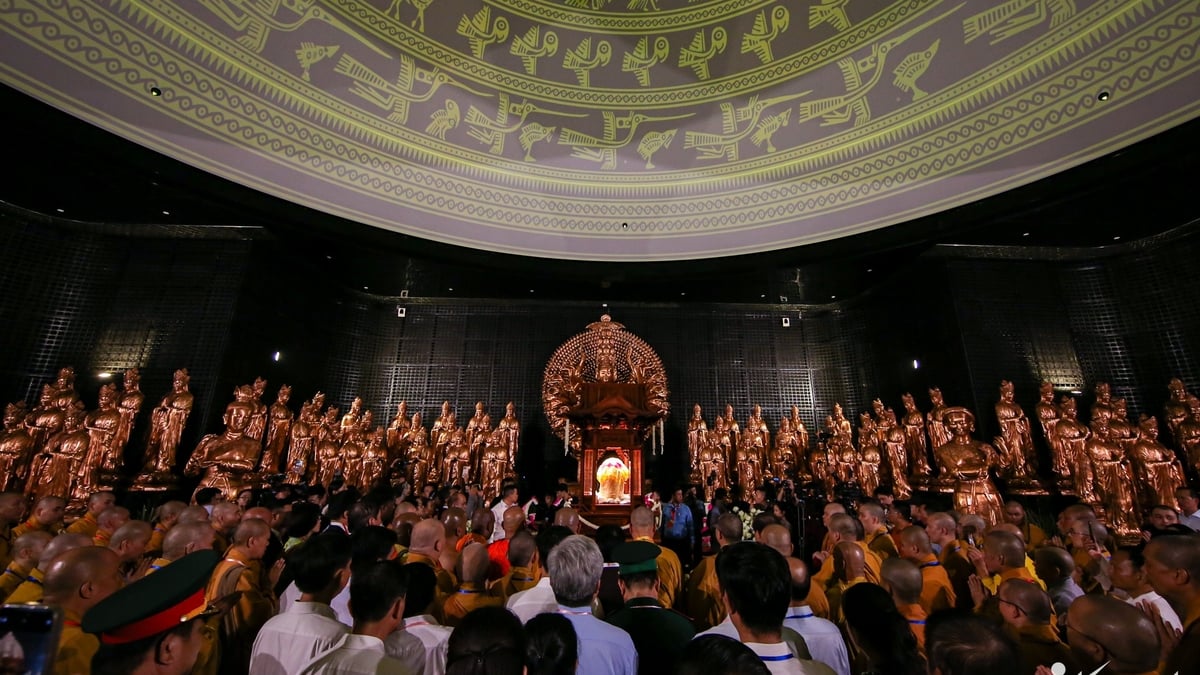
![[Photo] General Secretary To Lam begins official visit to Russia and attends the 80th Anniversary of Victory over Fascism](https://vphoto.vietnam.vn/thumb/1200x675/vietnam/resource/IMAGE/2025/5/8/5d2566d7f67d4a1e9b88bc677831ec9d)


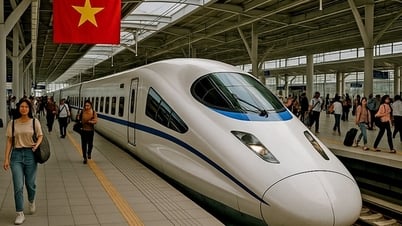






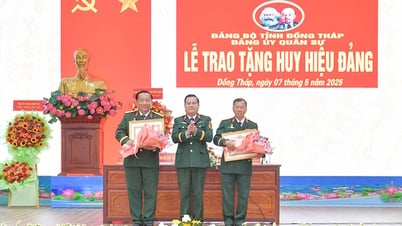
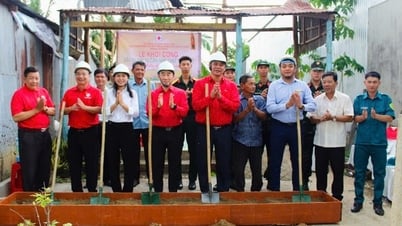
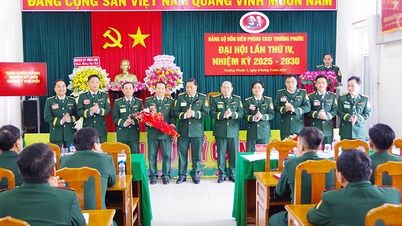









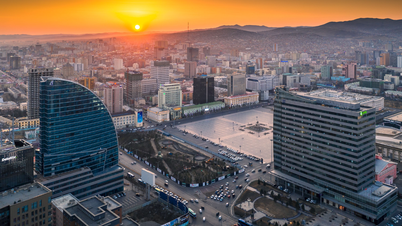

































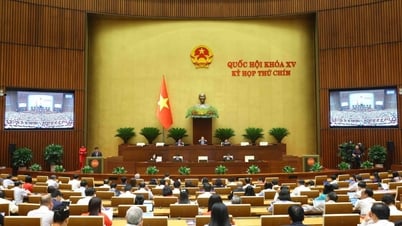


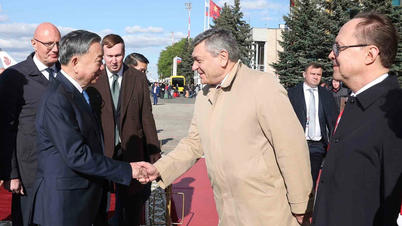


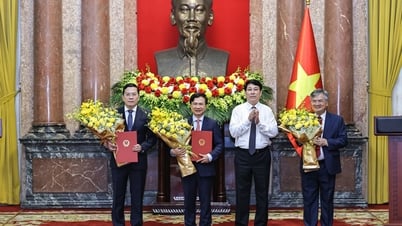




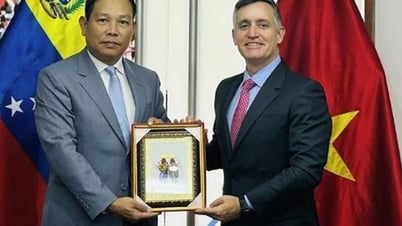

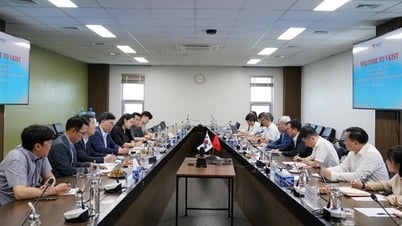


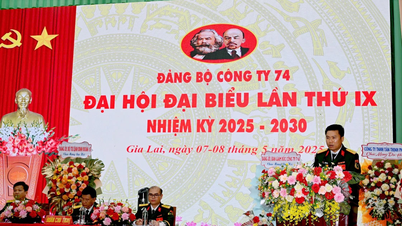

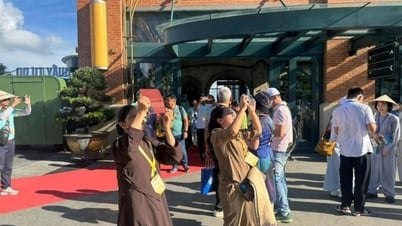


















Comment (0)